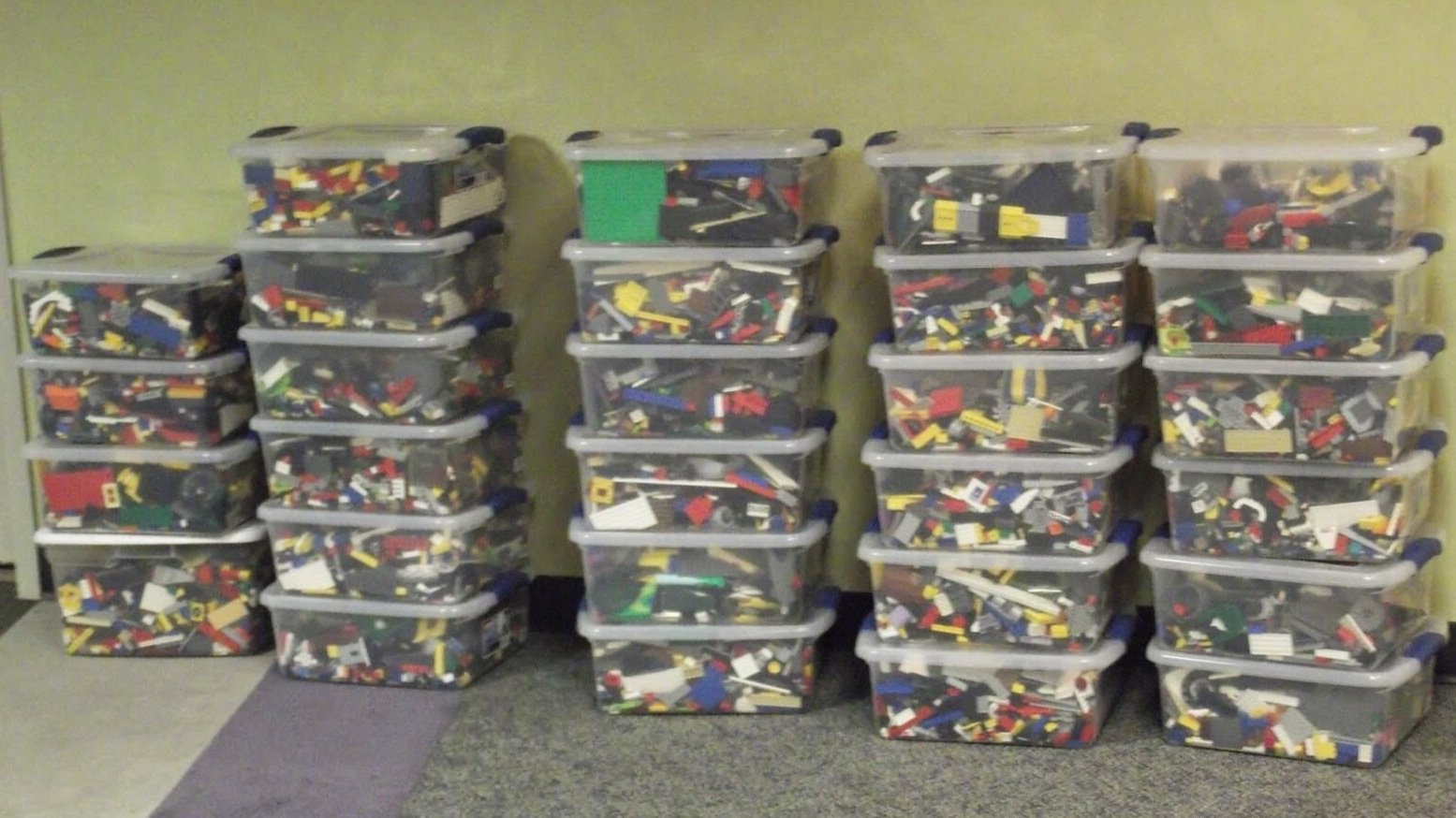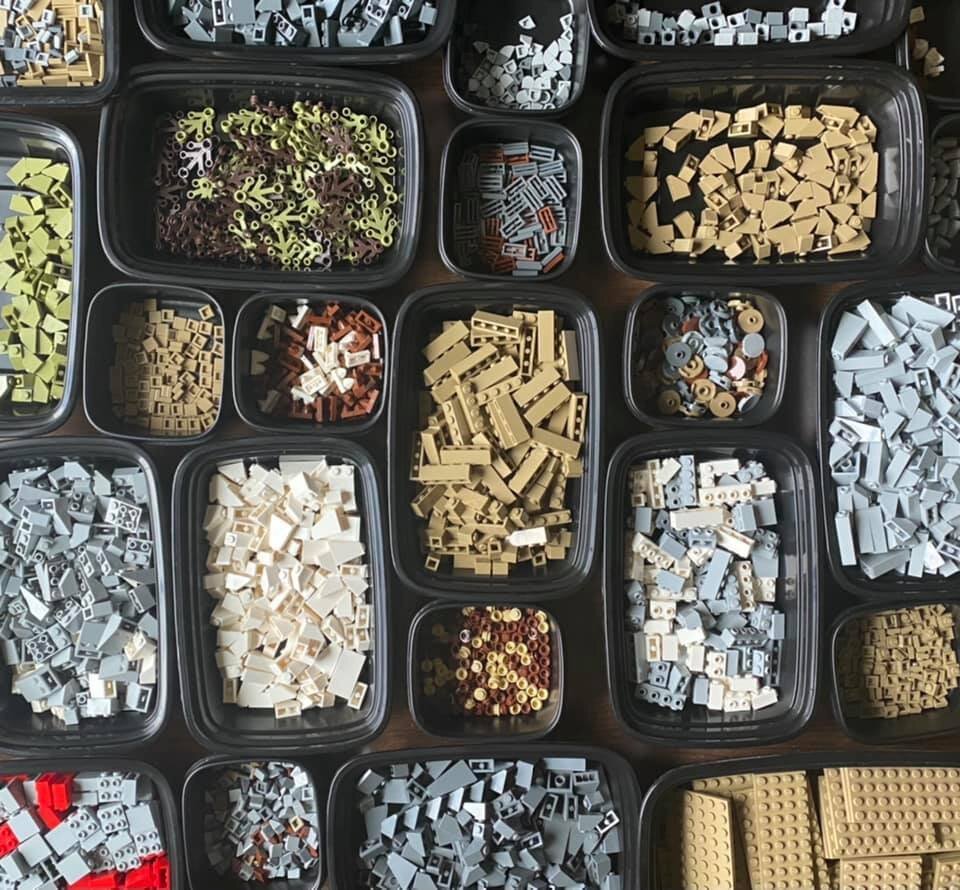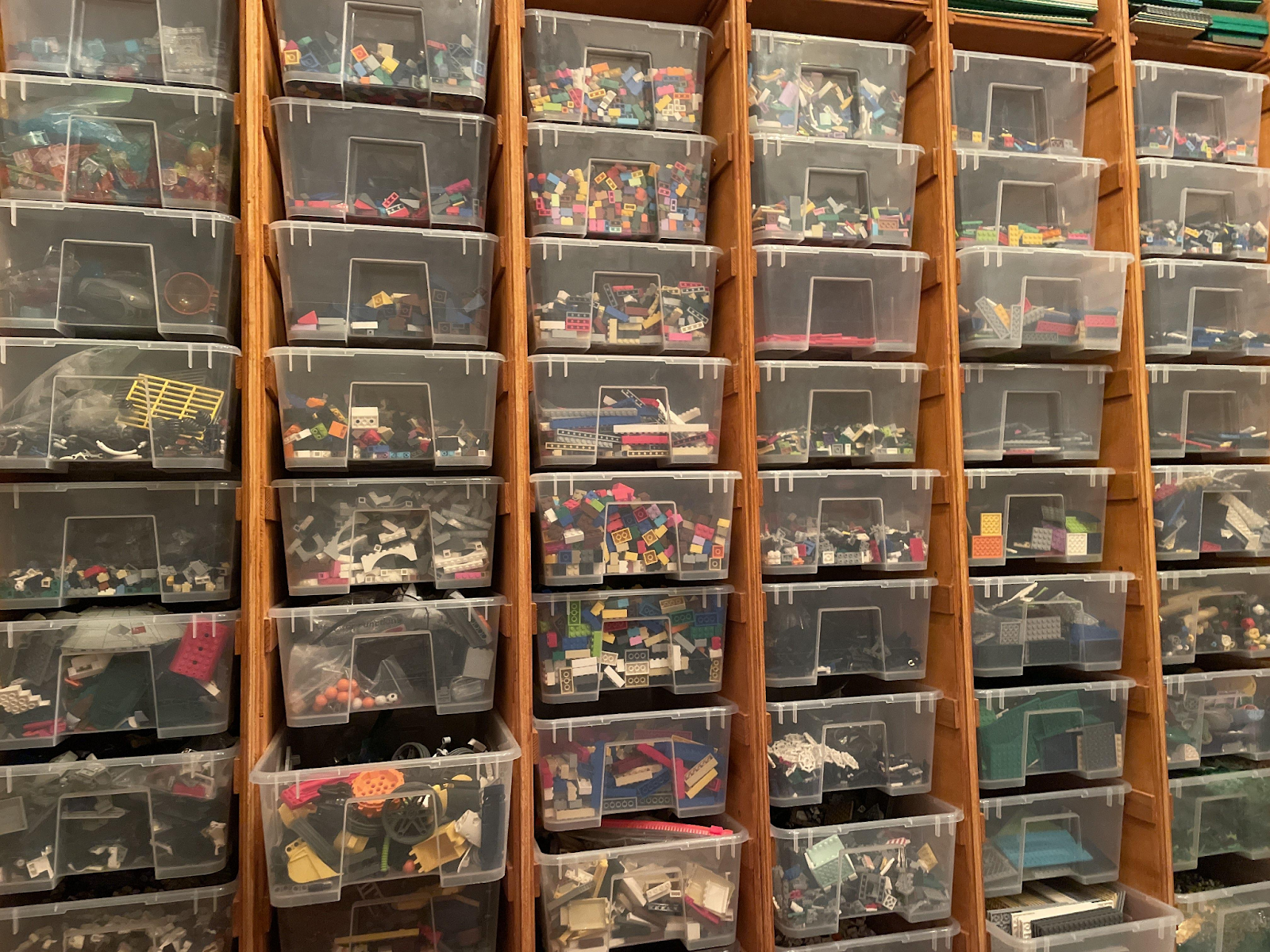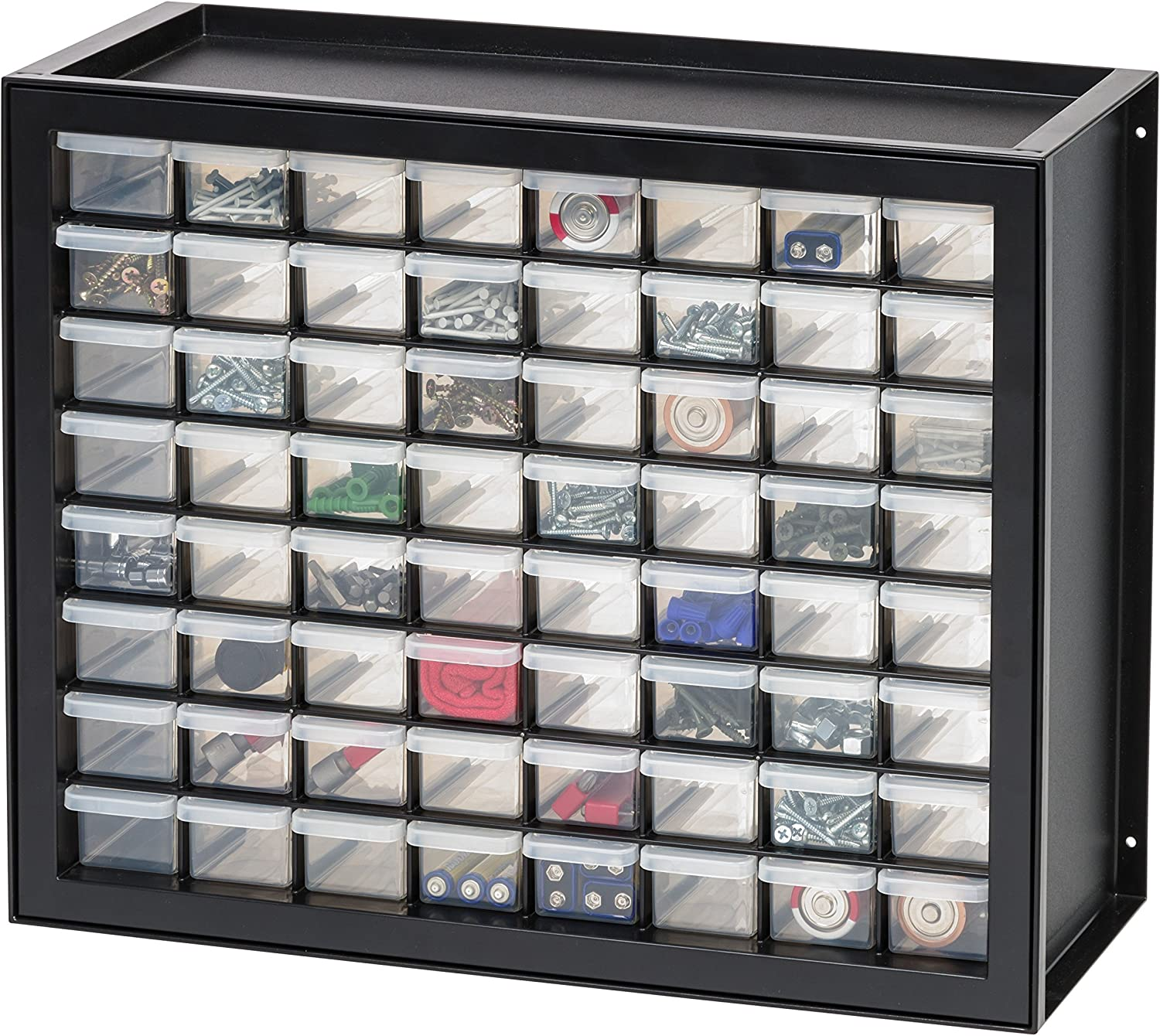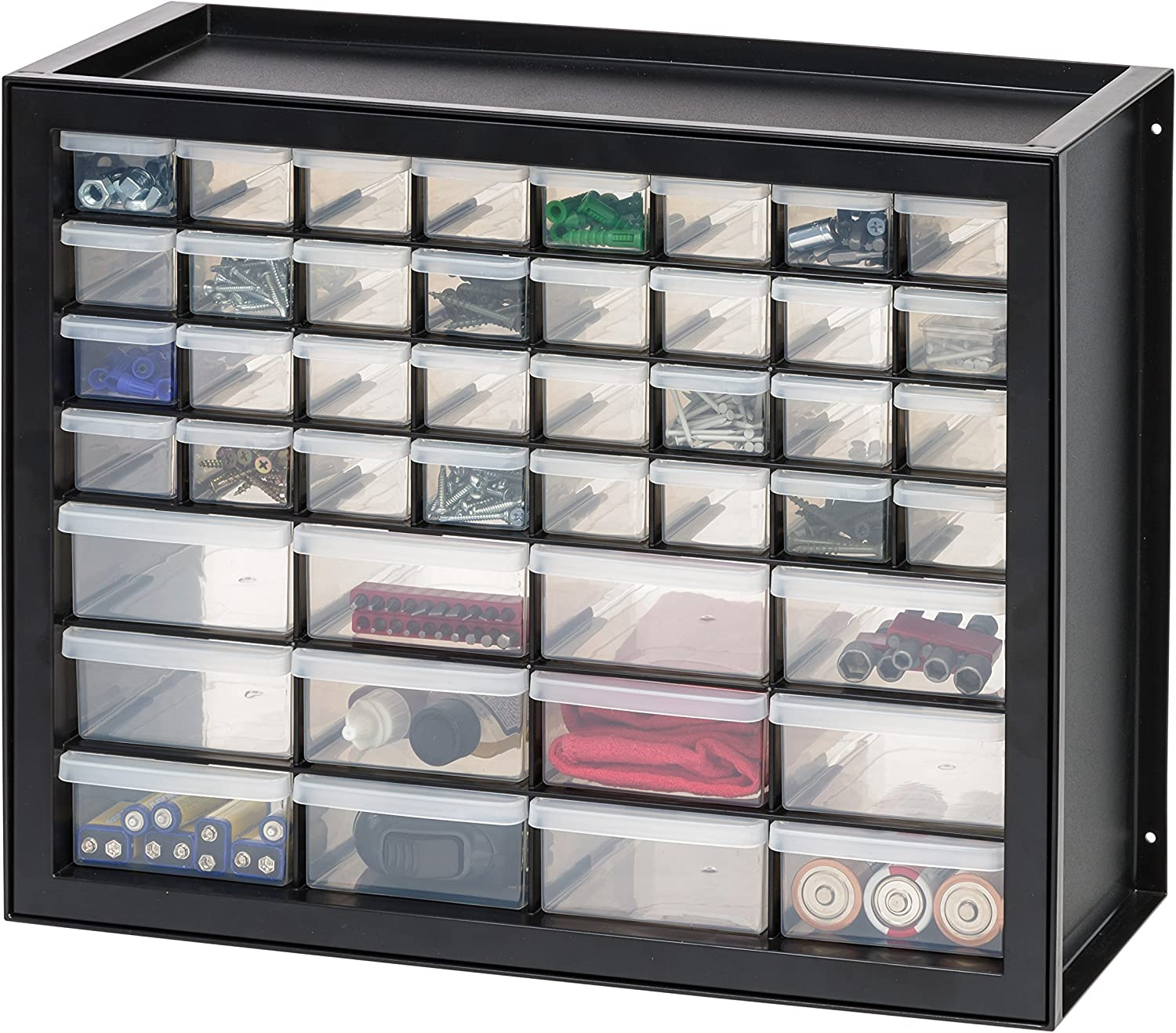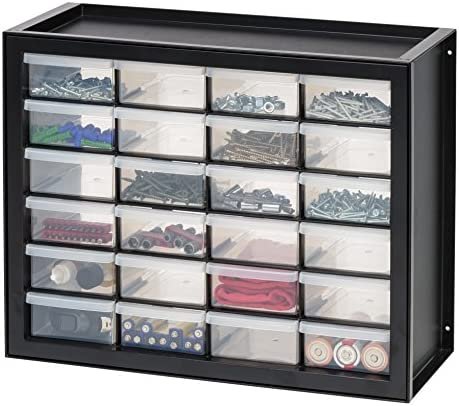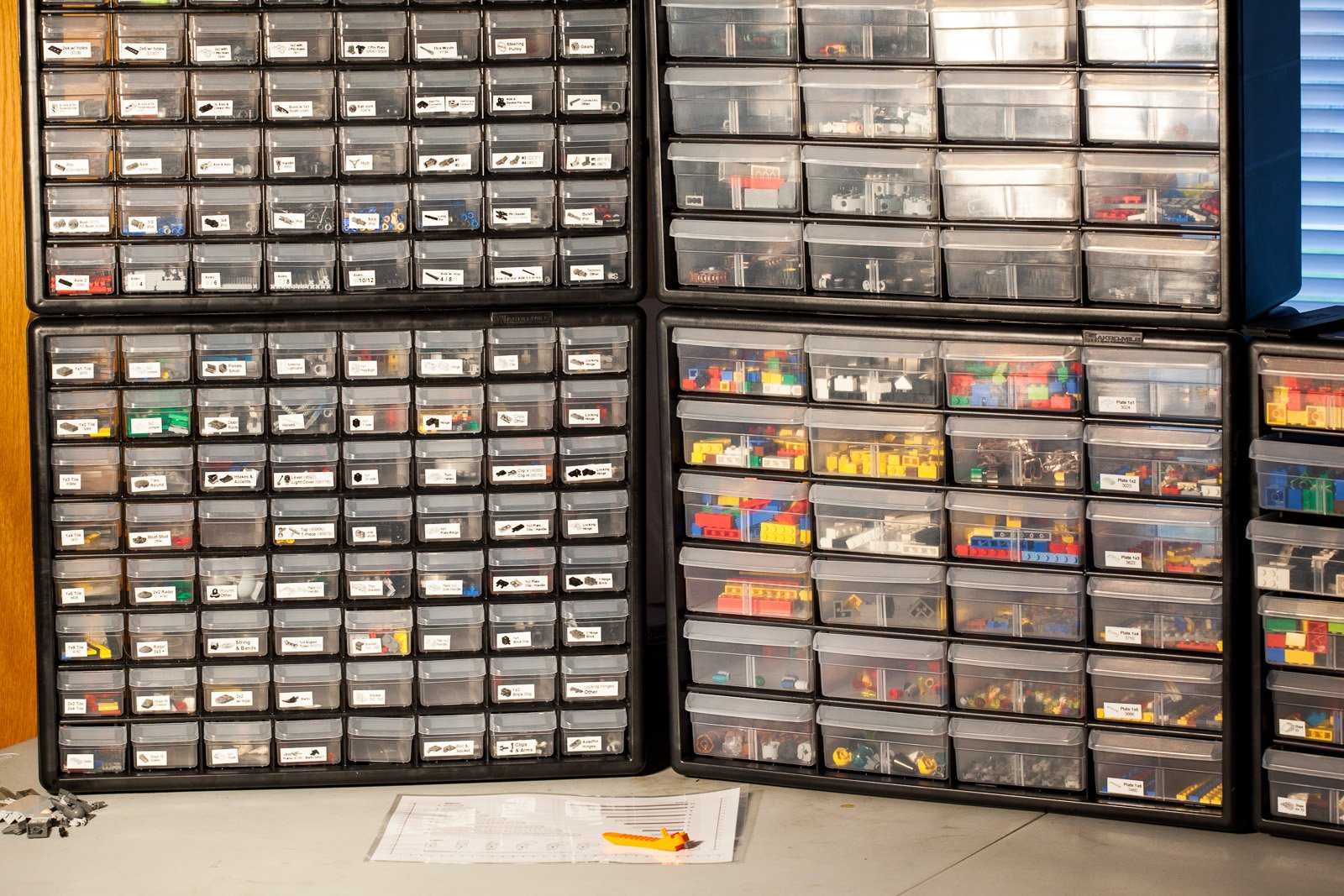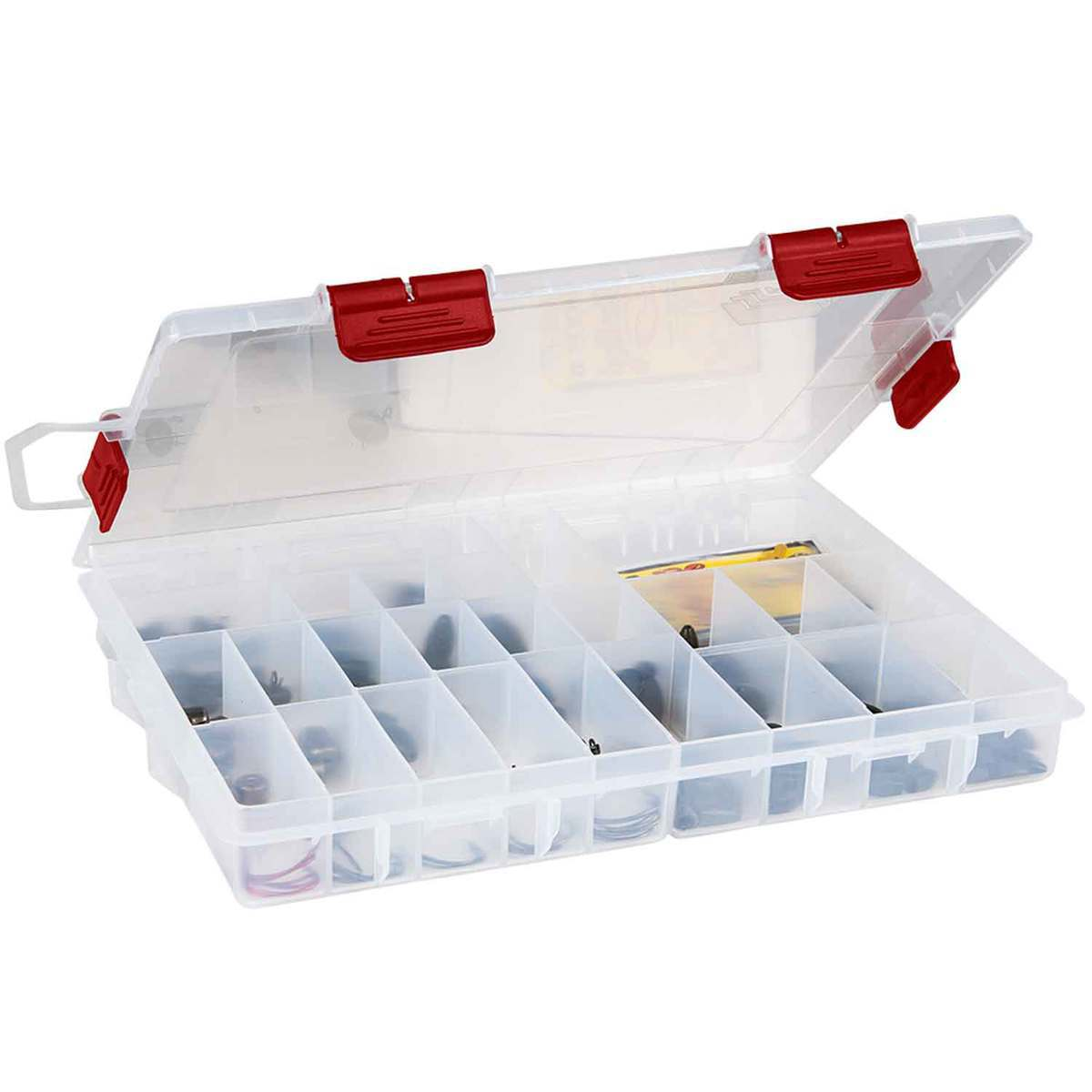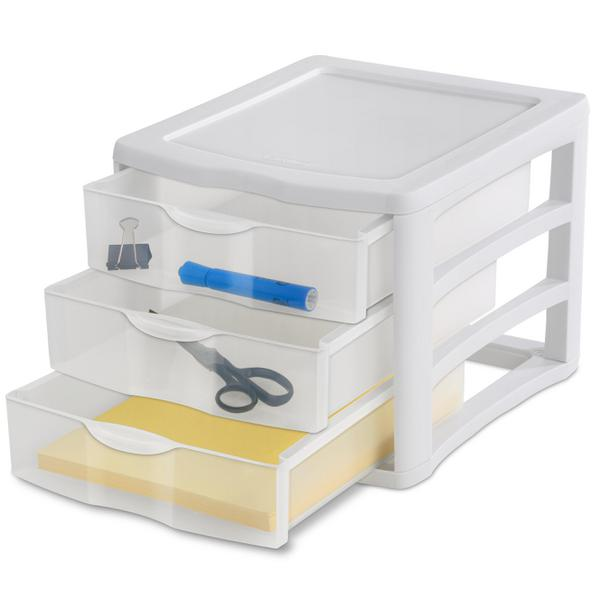An Opinionated Guide to LEGO Storage: Containers and Cost
/How should you store all of your loose LEGO parts? This is my personal and highly opinionated guide as an AFOL and MOC builder. This article could alternatively be titled “How To Spend Less Money On Storage and More Time Building!” but that seemed a bit clickbaity.
What not to do with your LEGO colelction for easy access.
The purpose of this guide is to share my methods of LEGO sorting and storage. I hope that you will find this helpful, whether you are new to the prospect of having a growing LEGO collection that needs organization or a longtime fan looking to upgrade their LEGO room and cut down on the time spent sorting. (I want to give credit to Matt Chiles for his guide on LEGO storage. While I don’t share his methods of LEGO storage, his website is what inspired this guide.)
A Guide To This Guide
This guide will not focus on sorting, but your organization method should be shaped by and facilitate your sorting methods. My own primary goals that shape my philosophies and methods around organization are as follows:
Store parts densely so you can have lots of LEGO in your building space.
Sort in broad categories to spend less time sorting.
Sort pieces into categories that allow them to be found quickly when needed.
Sort pieces into categories that allow a builder to open as few containers as possible.
PHOTO COURTESY OF KELLY BARTLETT.
With any collection, you will need dozens or maybe even hundreds of containers to store and organize it all. There are many different brands and shapes of containers that fans use to sort and store LEGO. It is important to choose containers that you can buy many identical copies of, which will be used to store the majority of your collection. If you are willing to spend anything more than the bare minimum necessary to store your LEGO, uniform storage is practically a must for a few reasons:
When (not if) you change the contents of your containers, for example to divide one full container into two or to add a new category, containers can be rearranged with ease; you need not worry about the containers fitting only in specific locations of your room.
You can do your research once to find the ideal solution for your collection and home and not worry about making the right purchase in the future.
Uniform containers look great!
Of course, one downside to uniform storage is that you are at the whim of manufacturers and retailers, who may stop producing a container or raise its price. One solution to this problem is to commit to an entirely DIY solution. I would rather spend more time building though, so I choose to put faith in evergreen manufacturers.
In the four categories of this guide, I will explore recommended products and solutions for different levels of storage. This is a candid review, and I am not affiliated with any of the products or marketplaces reviewed. Unfortunately for some, I am writing this article as an American with access to American marketplaces, which means that some or all of the products that I recommend may not be available to you, the reader. I hope though that you can take the reasoning behind my advice and use it to find your own storage solutions!
Primary Storage (Big Drawers)
Tertiary Storage (Mini Drawers)
Secondary Storage
Auxiliary Storage
1. Primary Storage (Big Drawers)
We’ve established that containers should be uniform. You will naturally have a few different sizes of containers within your room, but the benefits of putting most of your pieces into one type of container are hopefully self-evident. This most common container in your collection should most strongly exemplify the goals of your storage. For some people, they like to use small drawers for the bulk of their collection wherever possible. However in this guide, I will be recommending to you that your most common container be:
Larger containers, to sort into broad categories. Broad categories let you spend less time sorting and more time building.
Broader categories let you browse similar pieces, and you might find something you didn’t think of using! Long (deep) containers allow you to store pieces more densely.
Large containers store more pieces in the same volume of space in your room than small containers. Ultimately, storage density comes down to the distance from the wall to the front of your container. An 18-inch long container stores 50% more pieces than a 12-inch container, but your room won’t feel much smaller for it. This is why Akro-Mils drawers are poor candidates for primary storage!
Short (flat) containers, to find pieces quickly. Tall containers allow pieces, especially small ones, to fall to the bottom and become difficult to find.
⭐ The Best COntainers for LEGO
I have had many brands and sizes of containers for LEGO over the last two decades. However, one brand and one product is the indisputable king of my LEGO room. The containers that meet my needs best are… IRIS Plastic Storage Drawer, Rolling Cart with Organizer Top. (The name just flows off the tongue, right?)
These drawers come in multiple different sizes that are all compatible. I like the short drawers best because they are easier to search for pieces in, but about 15% of my drawers are the deep ones which are great for categories of parts that are large and take up space, or you have a huge number of, or you use very infrequently.
Besides coming in multiple sizes, these containers have many other great features:
Very high quality, relatively cheap, and widely available
Modularity lets you remove the top to stack them high or mix & match sizes
Pleasing aesthetic design, especially side by side
Transparent color allows you to see parts inside
Large front corner cutouts of drawers prevent pieces from getting stuck
Drawers slide smoothly and can be pulled out entirely with ease
A stopper prevents drawers from falling out
Wheels are optional
These drawers are also big enough that you can subdivide the pieces within them further using plastic bags and/or plastic containers. In the picture to the right, I’m using a takeout food container to store small pieces, so that I can find them more quickly, and a Ziploc bag for pieces that I use infrequently but have a lot of.
I used to hate the idea of bags in drawers, but I’ve warmed up to it. They allow you to fit more parts in a drawer without sacrificing your ability to find parts quickly. However this works best when you know exactly what you’re looking for (you won’t be able to browse) and when you don’t need many of the piece (opening and closing bags is annoying). One drawer that I have entirely sub-bagged is specialty hinges.
⭐ How much should I pay?
At the time of writing this guide (May 2023), a great price for a 6-drawer Iris unit is $40 (with free shipping!). A nine or ten-drawer unit can sometimes be found at a price that is cheaper per drawer, and these drawers are modularly compatible.
Amazon is often the cheapest choice for these, but you may also find them online (or less likely in-store) at Target, Home Depot, Office Depot, Walmart, and more. They are sometimes rebranded but still compatible; for example, I have found them being sold by Office Depot under their own brand name. I have never seen a competitive price on the IRIS website, and I do not recommend buying them in-person, as their large size encourages retailers to stock very few of them (usually only a few at a time), and usually for much higher prices than online ($60+).
I have not been able to price-match in-store with online prices either, but you might have better luck. Non-Amazon sites may also only offer black frames with frosted drawers, so if you care about drawer transparency, pay attention to that as well. Of course, you don’t need transparent drawers if you plan to label them. (Check out Brick Architect’s labels for more on that.)
When buying at Amazon, you can use the site camelcamelcamel.com to view the price history and set email price alerts for when the price drops. They also make a browser extension that makes checking prices easier. Remember that there will be multiple listings on Amazon, even for the same product; make sure to scroll past the first result to see if there’s a cheaper one, and set multiple alerts if you’re using camelcamelcamel. At the time of writing, there are three results just for the six-drawer unit. Also be sure to select the correct color: the frame comes in black or white, and the drawers come in transparent and frosted. Frosted is often cheaper, but you won’t be able to see through them.
⭐ If you plan to move in the near future
Random tip: avoid taking the tops off to stack the drawers higher than six or buying drawer units higher than six! You can still place one entire drawer tower on top of the other, but by keeping each modularly connected unit six drawers tall, I was able to fit them upright in an SUV or hatchback without disassembly or needing to lay them sideways, spilling parts.
⭐ Alternatives
In my experience, IRIS drawers are far and away the best option for buying a primary storage container. But what about making your own? Fellow Charm City Lug member Kevin Darke has a unique and inspiring setup for his LEGO storage.
Kevin made his own storage racks out of wood and uses plastic storage bins (without the lids) as drawers. Wooden rails on the side support the lip of the containers and allow them to slide in and out. Shelves above the drawers allow you to store alternative containers, bulky parts such as baseplates, or all those sealed sets you haven’t built yet!
Kevin built this as one giant piece of furniture, but he advises that if he were to do it again he would build each column as its own unit to make it easier to assemble, rearrange, and move. I asked Kevin about the process and what the pros and cons of this system are.
Advantages:
Very cheap, comparatively (this whole setup cost Kevin $250).
You can fit it to any room.
You can choose whatever drawer sizes you want, even mix and match from column to column.
You can choose any containers that are locally available.
It handles growth well: You can easily swap or replace drawers, and you can add a lid to a drawer to move it to a closet or basement.
Drawers pull out easily to build on the floor or be transported to another room or location.
Impress your friends!
Disadvantages:
Requires time and expertise to set up. Kevin warns that measurements need to be very exact or else drawers can fall out.
Hard to change your room layout in the future or take it with you when you move.
Has a less refined DIY appearance (this is only true if you like being wrong!).
Finally, if you want to explore the extreme diy route, consider this solution by a now-closed BrickLink store!
This person made custom laser-cut cardboard boxes-within-boxes to fit perfectly on their shelves. This has the unique advantage of cheap and infinite addition of more drawers, and different unit sizes of drawers fitting anywhere on the shelf. While the closed-box style of storage worked well for this high-end BrickLink store, I would of course recommend making open-top containers if you go down this route. This solution is similar to an organization system used by a 3D printer called GridFinity.
2. Tertiary Storage (Mini Drawers)
I’m going to go out of order here because I know what many of you are thinking: “What about my Akro-Mils drawers!?” In case you’re not familiar, they are a very popular storage solution for hobbyists to store tiny parts, and they are especially loved among LEGO enthusiasts. The drawers themselves come in two sizes, and the overall units (which are identical in overall size) come in three types: 64 drawer (all small), 44 drawer (half small half large), and 36 drawer (all big).
These drawers are popular for a reason; they are reasonably well made, come with plastic dividers to further subdivide drawers, and are a much more ergonomic solution for storing micro-categories of small parts than tackle boxes. Most importantly, they are a great way to store lots of LEGO on top of your desk, due to their small footprint that won’t reduce the size of your workspace too much.
Akro-Mils have long been a favorite of LEGO fans and the best choice out there, but I only mention them to meet the expectations of my readers. The TRUE kings of mini drawers are, once again, IRIS! (I promise we are not being sponsored by them…) They make the same size drawers as Akro-Mills, plus a few more. If you go with IRIS, you’ll get a more stable frame, higher quality drawers (no extra plastic hanging off the edges), and a similar or lower price tag.
However, I must caution you against using too many of these. I know some LEGO fans enjoy using these as primary storage for the majority of their LEGO collection, but this practice doesn’t align with the sorting and storage goals that I am seeking to fulfill with this guide.
They offer a shockingly low volume-to-parts ratio. This means you’ll need to spend more money and take up more space in your room to house your collection. For perspective, you can fit the contents of an entire unit into a single large IRIS drawer, and you can fit four large IRIS drawers into the same vertical space.
One mini drawer unit (typically) costs more than six big IRIS drawers!
Tiny categories will make your sorting process MUCH more lengthy, despite offering only a small speed boost over a larger drawer when it comes to locating parts.
Don’t get me wrong; there is a time and a place for them, and I own three of these bad boys. Like I said before, they are ideal to put on your desk to take up less space and put more parts within arm’s reach. For tiny parts that you use very often, or rare parts that you don’t want to dig for, these can work great. But I implore you to consider combining 2-20 of your mini drawers into a larger category where the pieces will still be just as easy to find, but faster to sort and stored more densely. Just recently I emptied out a lot of my mini drawers into a few large ones, combining similar small categories into big ones, and I’m enjoying the freed-up space!
⭐ How Much Should I Pay?
At the time of writing this guide (May 2023), you can expect to pay around $50 for the 64-drawer unit, and $40 for the smaller units (all with free shipping!). Again, I typically buy mine on Amazon, but you may choose to buy them from or find cheaper prices from the retailers mentioned in the previous section.
⭐ Alternatives
Brick Architect’s Akro-Mills drawers with labels.
The aforementioned Akro-Mils brand is historically very popular among LEGO fans, and is a fine substitute if you are unable to buy the IRIS ones, if you find Akro-Mils for cheaper, or if you just want to match your existing ones. The quality is only slightly lower which mainly manifests in drawers that have extra plastic around the edges from the molding process which can be easily trimmed with a knife. Their lack of stability can be solved by screwing them to a wall with built-in hangers.
There are other copycat brands that make units that look very similar to Akro-Mils, and if you find these for cheaper they’re suitable. You can again expect lower quality. For example, on a unit that I own, the drawers have stoppers on them that create a big POP that shakes the whole unit if you want to take them out all the way. You may see other similar products at hardware stores, and I recommend against these because in my experience they are made on the absolute bottom dollar. Expect flimsy frames, drawers that fall out easily, and mis-molded plastic.
⭐ Budget Option
In an attempt to represent all opinions, I will give a quick dishonorable mention to the humble tackle box. It’s far cheaper than the two solutions above, it’s easy to find, and it can be stored flat on a shelf or under a table. However I am biased against it as I cannot stand trying to pry parts from the thin crevices, especially if those parts are flat or square like tiles.
The only time I was able to appreciate the use of tackle boxes in a friend’s collection was for storage of minifig accessories and animals; these parts have unique geometry that makes them easy to grip and don’t compact together, and which are not used often enough to be a frequent annoyance. However, those parts could be located while building just as easily in a larger category in a mid-size drawer. For the parts that builders use most commonly, taking them out of these compartments just sucks.
3. Secondary Storage (Medium Drawers)
Now let’s rewind a bit. Remember, those mini drawers that we just talked about are best saved for last, for the smallest categories of smallest parts that you have few of, but want to find quickly. But what about those categories of parts that you don’t have enough to fill a large drawer with, or that you use so frequently that you want to be able to find them more quickly without digging? The answer is, of course, mid sized drawers!
I don’t have a lot to say for this category, you can really fill in this middle category with whatever you like. By this point I hope that I’ve communicated my goals and reasonings clearly enough that you can apply them to whatever product you think fits best for your space. My only guideline is to pick something that you think you can keep using for the foreseeable future, because we of course want our secondary storage to be uniform as well.
My go-to pick for this level of storage are Sterilite 3 Drawer Organizers. At the time of writing this guide, you can expect to pay less than $10 per unit for these online, when you buy multiple, with free shipping.
They are very high quality and stack well. I find them to be an excellent size for mid-size categories. For example, metallics and transparent color pieces are worth protecting in their own drawer so that I don’t have to dig through and scratch. Medium drawers work for some other rare colors I have a handful of and want to keep separate. Some specialty tiles and hinges would get lost easily if I mixed them with larger tiles, and I use them often enough to warrant their own drawers. I like to keep round pieces of different size ranges separate (2x2, 3x3, 4x4) so that I can browse my options when I’m working at a particular scale. They also fit the contents of a large Pick-a-Brick cup exactly!
There are a lot of different products available in this range, and this is also the area where you have the most options to pick a product for its aesthetic appeal rather than its raw utility. One complaint I have is that there are few options in black, as my larger drawers are black. I encourage you to shop around!
4. Auxiliary Storage (Boxes)
Even after all we’ve talked about, there’s still going to be special cases. I think that 90% of a LEGO collection can be stored well in the containers suggested in the three categories above, but I want to make sure you’re prepared to tackle those extra cases.
If you have a large enough collection, you’ve probably accumulated a number of parts that don’t store well in shallow drawers. I’m talking about baseplates, minifigs, extra large parts, Duplo, extreme bulk, and of course, all of the gallons of Galidor parts that you’ve been carefully collecting. These are the parts that you’re probably not using all the time or only need to take out at the beginning or the end of a project. You might put these containers high up on a shelf, or under a desk, or in a closet. You COULD get larger drawers for all of these, but drawers are expensive, and you may not need quick and easy access to these parts.
You could just throw everything into a cardboard box, but of course I recommend getting plastic boxes. They are usually very cheap, sturdy, and you might already have a few lying around. I personally can’t get enough of these two categories of products:
⭐ Plastic Shoebox
Example: Sterilite 6 Qt Storage Box
These are my go-tos. I can’t buy enough of them. I use them during sorting, I use them to transport small mocs safely, and for long term storage. I typically buy them for $1 each. Go with a name brand; I’ve bought dollar store brands before, and they crack easily. I avoid the ones with clasps on the lids, because I want to open and close them with ease.
⭐ X Large Food Storage
Example: Rubbermaid 1 Gal Container
These containers benefit from being wider and often cheaper. I like to use these as project boxes; if I’m partway through a project and I want to take a break, I just dump the entire contents of my table into a bin like this so that I can pick up where I left off later. I like that they’re differentiated from my other plastic boxes, but I do have to admit they’re not as nice to look at. These ones I buy from the dollar store.
For Auxiliary storage, you can really get creative with it and go with whatever fits your space. If you want bigger containers than what I’ve suggested, Sterilite and other brands make multiple sizes that can be found online or in home improvement/home goods stores.
Conclusion
The best storage system for loose LEGO parts is the one that works best for you. Having easy access and uniformity will help you find what you need to just keep building. Think about volume over aesthetics when it comes to drawers and containers, then choose what you want to prioritize the most.
Just kidding. Throw it all on the floor and go for a swim you rebel!
Best of BrickNerd - Article originally published May 25, 2023.
Do you have any preferences or tips for storing your LEGO? Comment below!
Do you want to help BrickNerd continue publishing articles like this one? Become a top patron like Charlie Stephens, Marc & Liz Puleo, Paige Mueller, Rob Klingberg from Brickstuff, John & Joshua Hanlon from Beyond the Brick, Megan Lum, Andy Price, Lukas Kurth from StoneWars, Wayne Tyler, Monica Innis, Dan Church, and Roxanne Baxter to show your support, get early access, exclusive swag and more.

